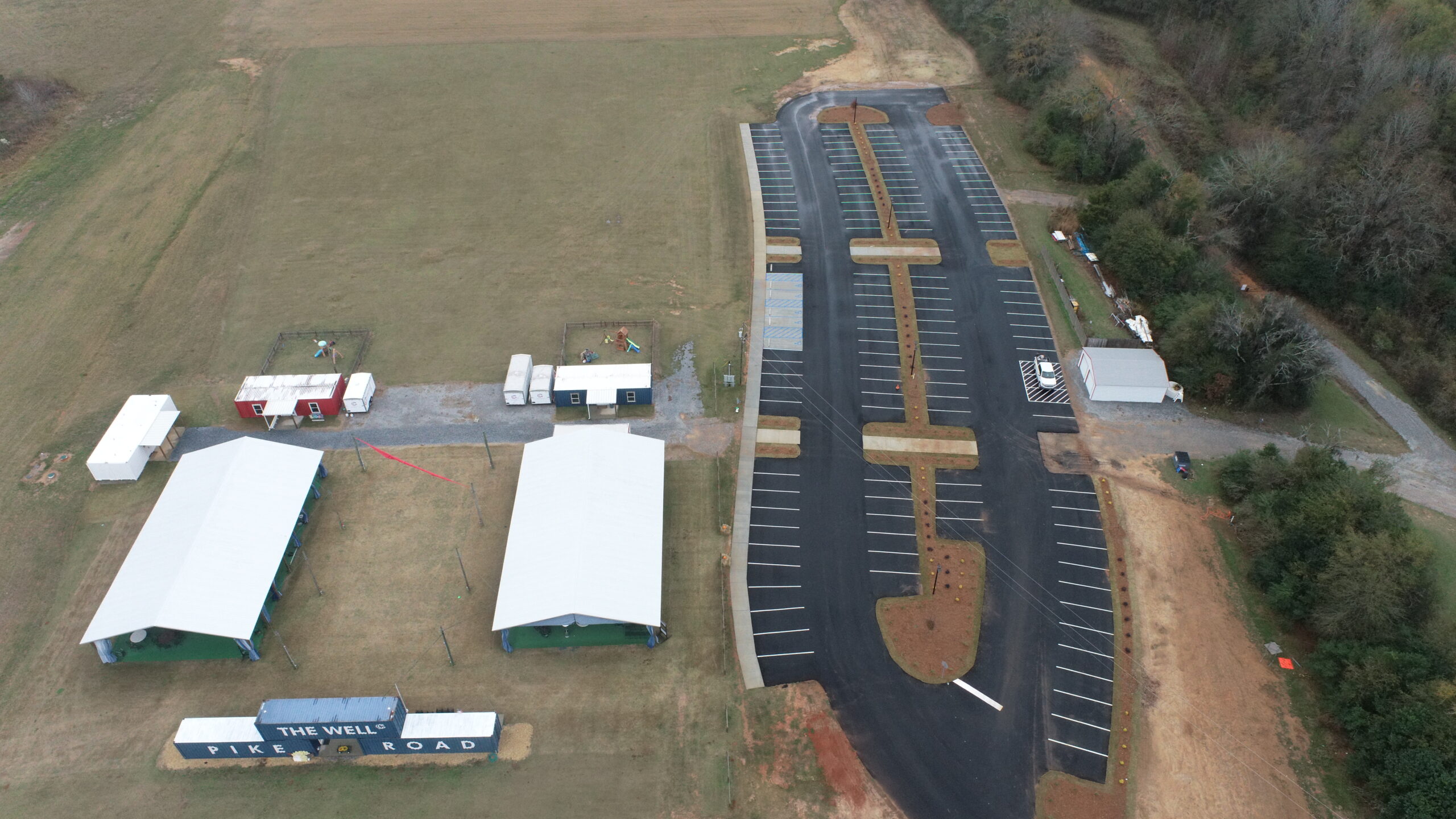- Community first, church second. The most important principle is to look for ways to address community needs before focusing on the needs of the congregation. Within a Christian context, Pastor Quinn believes that this approach “will bring people to the campus who are not looking for Jesus, but who might later realize that Jesus is looking for them.”
- Partnerships that matter. Historically, many churches have used the bulk of their facilities only once or twice during a typical week. At Century the goal is to maximize the use of all buildings throughout the week because: (a) it will bring more people to the campus (adding more life); and (b) it will help offset the cost of constructing and maintaining the buildings if others are paying to use the buildings on a regular basis.
- Incremental design. Some churches try to build everything they need in a single building at a single point in time. Other churches construct a single building without a long-range plan for future additions, so when additions are added to the initial building the result is akin to an amorphous blob. These approaches unnecessarily give away the many advantages of an incremental approach such as:
- A faster start. While it might be considered less efficient, developing incrementally allows you to start much faster since it requires less money to build for the inaugural condition than if you build the final or climax condition from the start.
- Greater flexibility. Building structures in smaller increments allows you to adapt to changes that could not be foreseen at the start, learn from any mistakes that were made initially, and grow or contract as demand changes over time. Some view the flexibility gained from this approach as rooted in the humility that stems from understanding that it is extremely difficult to predict what the needs and desires of future generations will be.
- The creation of compelling indoor and outdoor spaces. Building incrementally gives you the opportunity to build individual buildings (as opposed to simply adding onto an existing building) in a manner that can create a compelling outdoor space such as a court, green or plaza. This approach can also enhance the quality of indoor spaces because of the increased amount of natural light that comes with having more rooms that have exterior walls.
- Character from many hands. A place that is designed by one person at one time is usually less interesting than a place where many hands have contributed to the character of the place over time.
- More options for service providers. Development and construction require a wide range of service providers—banks/investors, engineers, architects, contractors, suppliers, etcetera. Building at a smaller scale increases the range of people who can provide services to you (since fewer people/organizations are set up to operate at a larger scale).
- A faster start. While it might be considered less efficient, developing incrementally allows you to start much faster since it requires less money to build for the inaugural condition than if you build the final or climax condition from the start.
- Sense of adventure and creativity. Adventure and creativity are two concepts that few people associate with churches today, yet they have been common ingredients for successful churches in the past. For example, the Methodist movement grew rapidly in the 19th Century with innovative outreach initiatives such as camp meetings, circuit riders, and less restrictive ordination requirements.

Infrastructure Complete!
2023 was a groundbreaking year for Century Church! In February, we officially broke ground on our infrastructure package. We kicked of this endeavor with hope

